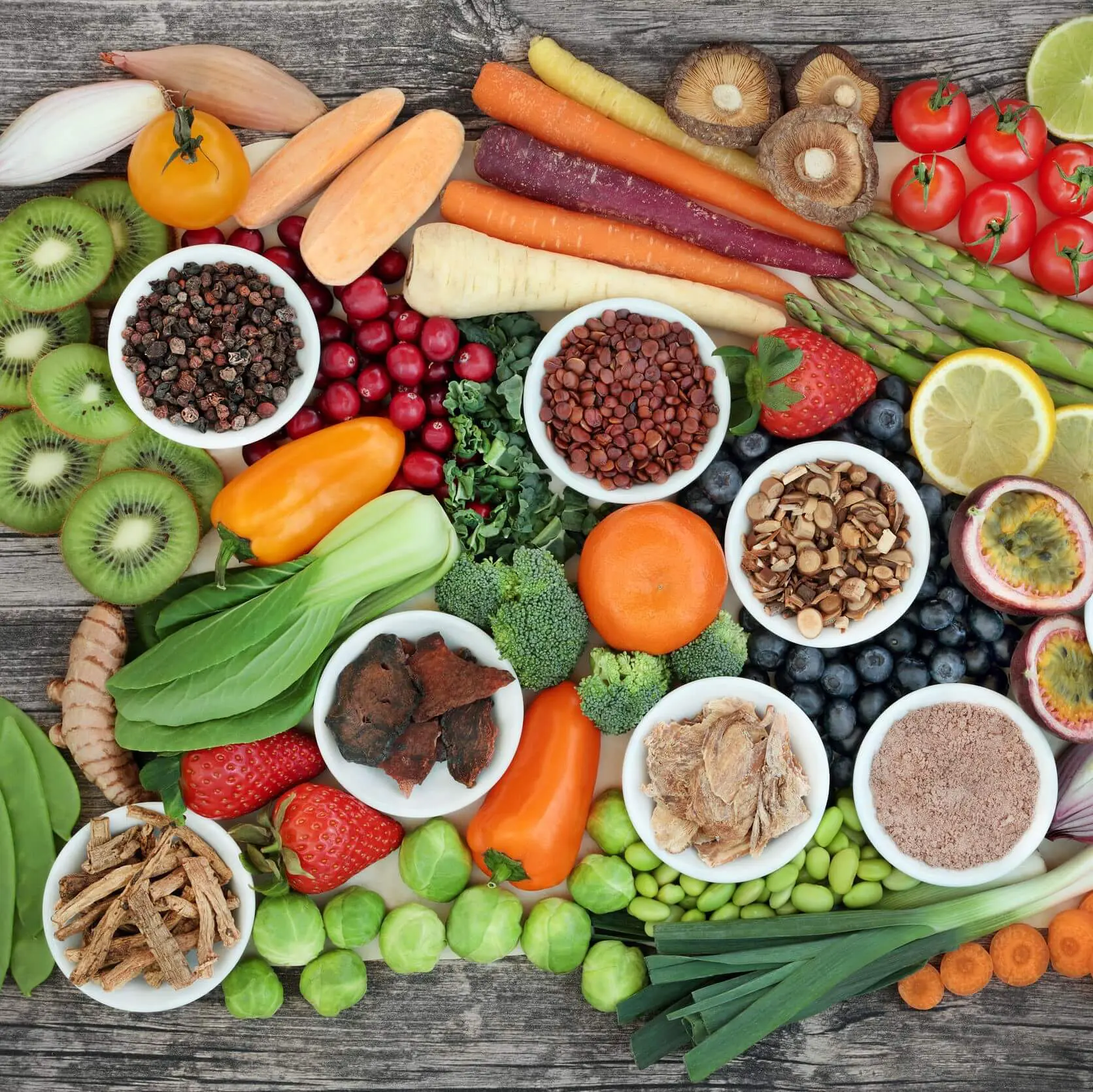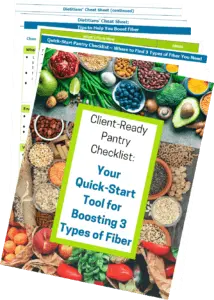
7 Things Women MUST Know About Heart Disease – But Don’t
Major research trials have changed the recommended priorities for preventing heart disease in women over the past decade, yet many women still focus on messages based on older studies based primarily on men. We’ve achieved major drops in deaths due to heart disease over the last few decades, according to the American Heart Association, but now heart disease deaths in middle-aged U.S. women actually seem to be increasing.
Review this checklist to be sure you are up to date about what does and doesn’t promote heart health in women. Then please pass this along to all the women who are special to you.
Research has clarified many previous misunderstandings about heart disease in women. Here are the top 7 things women need to know.
#1 Heart disease is a woman’s disease
Studies show that the number of women who have gone beyond the once common myth that heart disease is a man’s disease has dropped dramatically. That’s good news, but just to make sure you know why the rest of this information is so important, I’ve got to say it. At age 40, a woman has a 1 in 2 chance that she will develop heart disease during her lifetime. Men develop heart disease on average about 10 years earlier than women, thanks to some protective effects of estrogen. But that protection is only a delay, and we need to remember that heart disease develops over many years. Whatever their age, women need to start today to most effectively reduce their heart risks.
#2 Hormone replacement therapy does not prevent heart disease – nor does aspirin in most women under age 65
Since estrogen offers protective effects, for some time, there was hope that in addition to helping cope with hot flashes and other side effects of menopause, hormone replacement therapy (HRT) might help prevent heart disease. Actually, menopausal hormone therapy does not prevent cardiovascular disease and increases risk of stroke.
Raloxifene, a type of medication known as a SERM (selective estrogen receptor modulator), designed to prevent or treat osteoporosis in postmenopausal women, and offering a side benefit of reducing risk of developing invasive breast cancer, does not help prevent heart disease. In fact, it is linked to increased risk of developing blood clots and of fatal or serious stroke. Women need to weigh the risks and benefits pertinent to their health with careful input from their personal physician.
In women over age 65, aspirin might reduce risk of a heart attack, and it does effectively reduce recurrence of cardiovascular disease as well as occurrence of ischemic stroke (the most common type, which occurs when a blood clot blocks a blood vessel in the brain). However, aspirin does not prevent heart attacks in most women under age 65, and it increases risk of bleeding in the digestive tract and of hemorrhagic strokes (the less common type, caused by a blood vessel that breaks and bleeds into the brain). This again is a choice for women to discuss carefully with their doctor.
#3 Supplements of folate or antioxidants like vitamin E do not prevent heart disease
Reducing damage to blood vessels from oxidation by free radicals does seem to be an important step to preventing heart disease. However, initial expectations based on cell and animal studies that antioxidant supplements, especially vitamin E, could help prevent atherosclerosis have been overturned by newer, more scientifically rigorous studies. Several prospective, double-blind, placebo-controlled trials with a variety of antioxidant supplements, from vitamin E to vitamin C and beta-carotene, show they are not effective and may even have harmful effects.
Supplements of the B vitamin folic acid do reduce levels of a compound called homocysteine, which had been considered a marker of heart disease risk. However, reviews of further studies by research panels and the American Heart Association conclude that supplements of folic acid and other B vitamins do not prevent development or recurrence of cardiovascular disease.
#4 HDL cholesterol is a key predictor of heart disease in women
That’s not to say you should ignore levels of LDL cholesterol, which measures level of cholesterol in the carriers that will deposit it in blood vessels. However, in women, studies show that HDL (“good cholesterol”) may be even more important. The Framingham Heart Study showed women with lowest HDL level to have three times higher risk of heart disease than those with highest levels. Among postmenopausal women in the famous Nurses’ Health Study, after adjusting for inflammation and major heart disease risks, each increase in HDL of 17 mg/dl was linked with a 40 percent lower risk of heart disease.
This calls for a re-focus of strategies if you’ve been focusing all your healthy eating efforts on reducing saturated fat, because this will not help you raise or maintain higher HDL. More on what works below….
#5 Check your waist as a key indicator of heart health
In women, especially, metabolic syndrome is a key factor linked with increased heart disease risk. Low HDL levels are often part of this. You are classified as having metabolic syndrome if you have abnormal levels of least three out of these five indicators: HDL cholesterol, triglycerides, blood sugar, blood pressure and waist size. Check earlier Smart Bytes™ posts, beginning here, for detailed information about it and what can be done.
In a recent study that tested the risk related to all these factors to atherosclerosis actually measured by angiography, researchers found that the combination of increased waist size and elevated triglycerides as doubled women’s risk of finding coronary artery disease. In this study, a waist 34 inches or more classified women as having elevated waist size. Other research, however, has found that just getting below this is not much of a sign of low abdominal fat. If your waist size is up and you’re looking for a target, each drop will bring benefit, but several panels now recommend women aim for a waist of no more than 31.5 inches.
#6 Four lifestyle choices account for the vast majority of women’s heart disease risk
Sudden cardiac death is the first sign of CHD (coronary heart disease) in many people, especially women. In the Nurses’ Health Study, 80 percent of sudden cardiac death could be attributed to the same four factors previously linked to overall heart disease risk.
Women with two of these four habits showed nearly 60 percent lower risk of sudden cardiac death compared to women with none. Women with all four healthy habits showed a 92 percent lower risk. These are the habits researchers identified as key:
- Don’t smoke.
Yes, it’s a no-brainer, but sadly, we still need to make sure people don’t lose sight of its importance.
- Moderate or vigorous physical activity of some type for at least 30 minutes daily.
This doesn’t have to be in the form you consider “exercise”, but we do need to work at making time for this in our lives. Once you get 30 minutes a day, work towards 60 minutes daily, which ranked as the protective score in this study. Physical activity is a key strategy for raising HDL (“good”) cholesterol, as well as reducing LDL and triglyceride levels.
- Reach and maintain a healthy weight.
Excess body fat plays havoc with multiple heart disease risk factors, raising blood pressure and reducing HDL (“good”) cholesterol. Heart disease is now recognized as a disease of chronic inflammation. Proteins called cytokines produced body fat, especially at the waist, travel throughout the body promoting inflammation. This is not about fitting in tight jeans, it’s about reaching and staying at a weight linked with lower risk of heart disease, diabetes and cancer.
- Eat a predominantly plant-focused diet like the Mediterranean diet.
In this study, higher diet scores linked with lower heart risk came from tallying nine aspects of a healthy diet: eating more vegetables, whole grains, fruits, nuts, beans and fish; a healthy balance of monounsaturated fat (found especially in olive oil) rather than saturated fat; moderate alcohol; and low intake of red and processed meat.
Alcohol averaging one standard size drink every day or two is linked with lower heart disease risk. However, more does not lower risk further (and can even raise risk) and alcohol is a breast cancer risk. If you choose to drink, do it in moderation. The link to lower risk is real, but the American Heart Association does not recommend alcohol solely for the purpose of heart health.
#7 A low-fat diet is not the key to heart health.
The American Heart Association’s dietary recommendations for women do call for a limit on saturated fat. However, limiting total fat consumption is not essential, as long as total calories support a healthy weight. In fact, moderate use of healthy oils like olive oil and cutting back on refined carbohydrates (such as sweets and highly processed grains) often seems to do a better job supporting overall healthy blood lipids and reduced inflammation, especially among people who are overweight.
What about the hot issue of low-carb/high-protein versus high-carb/low-protein diets for women?
What about dietary fiber? Meat? Glycemic index?
Please check back for my next Smart Bytes post, when we’ll dig into the latest research on these and other specific food choices that make a heart-healthy diet doable for women.
References
Mosca L et al. Effectiveness-Based Guidelines for the Prevention of Cardiovascular Disease in Women—2011 Update. A Guideline From the American Heart Association. Circulation. 2011; 123: 1243-1262.
Mosca L et al. Sex/Gender Differences in Cardiovascular Disease Prevention: What a Difference a Decade Makes. Circulation. 2011. 124:2145-2154.
Paikin JS and Eikelboom JW. Cardiology Patient Page: Aspirin. Circulation, 2012; 125: e439-e442.
Tinkel J et al. Cardiovascular antioxidant therapy: a review of supplements, pharmacotherapies, and mechanisms. Cardiol Rev. 2012 Mar-Apr;20(2):77-83. doi: 10.1097/CRD.0b013e31823dbbad.
Eilat-Adar S, and Goldbourt U. Nutritional recommendations for preventing coronary heart disease in women: evidence concerning whole foods and supplements. Nutr Metab Cardiovasc Dis. 2010; 20(6):459-66.
Shai I et al. Multivariate assessment of lipid parameters as predictors of coronary heart disease among postmenopausal women: potential implications for clinical guidelines. Circulation. 2004 Nov 2;110(18):2824-30. (NHS)
How bad is a little bad? When it spells Metabolic Syndrome. Smart Bytes™ post from Oct 25, 2011.
Blackburn P, et al. Hypertriglyceridemic waist: a simple clinical phenotype associated with coronary artery disease in women. Metabolism. 2012 Jan;61(1):56-64.
Chiuve SE, et al. Adherence to a low-risk, healthy lifestyle and risk of sudden cardiac death among women. JAMA. 2011 Jul 6;306(1):62-9.
Kelley GA, et al. Aerobic exercise and lipids and lipoproteins in women: a meta-analysis of randomized controlled trials. J Womens Health (Larchmt). 2004 Dec;13(10):1148-64.
Siri-Tarino PW, et al. Saturated fat, carbohydrate, and cardiovascular disease. Am J Clin Nutr. 2010 Mar;91(3):502-9.
Kastorini, CM et al. The effect of Mediterranean diet on metabolic syndrome and its components: a meta-analysis of 50 studies and 534,906 individuals. J Amer Coll Cardiol, 2011. 57(11):1299-313.
1 Comments
Leave a Comment
Published : June 30, 2012 | Last Updated: July 5, 2012
Tagged: antioxidants, HDL, heart disease, heart health, Mediterranean diet, metabolic syndrome, physical activity, plant-based diet, women
Meet the author/educator
I Take Nutrition Science From Daunting to Doable.™
As a registered dietitian nutritionist, one of the most frequent complaints I hear from people — including health professionals — is that they are overwhelmed by the volume of sometimes-conflicting nutrition information.
I believe that when you turn nutrition from daunting to doable, you can transform people's lives.
Accurately translating nutrition science takes training, time and practice. Dietitians have the essential training and knowledge, but there’s only so much time in a day. I delight in helping them conquer “nutrition overwhelm” so they can feel capable and confident as they help others thrive.
I'm a speaker, writer, and nutrition consultant ... and I welcome you to share or comment on posts as part of this community!





I believe avoiding refined foods is the first step to help lose weight.
They may taste good, but highly processed foods
possess very little vitamins and minerals, making you eat more in order to
have enough energy to get through the day. If you’re constantly ingesting these foods, converting to whole grain products and other complex carbohydrates will make you to have more vigor while taking in less. Good blog post.